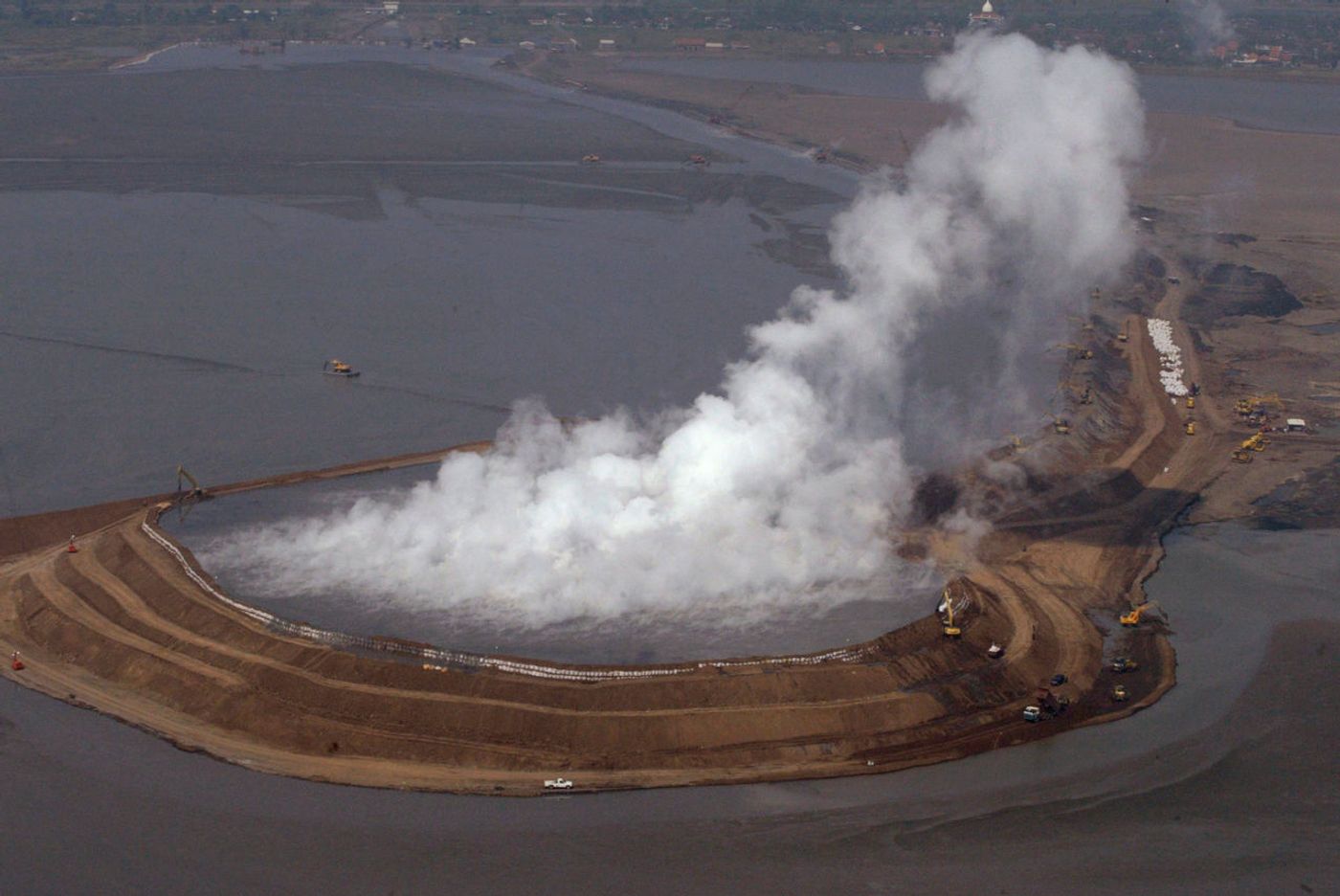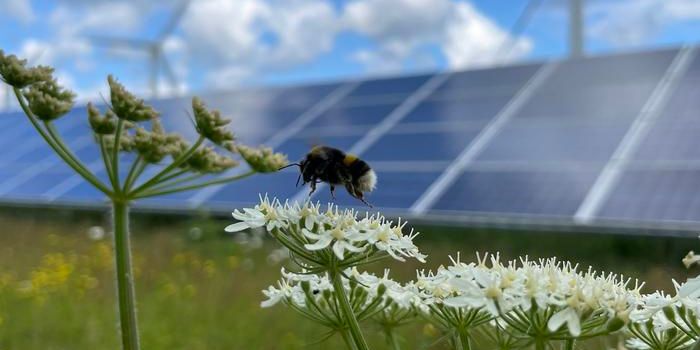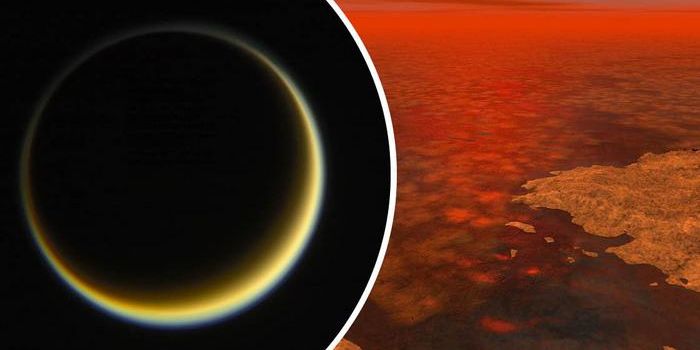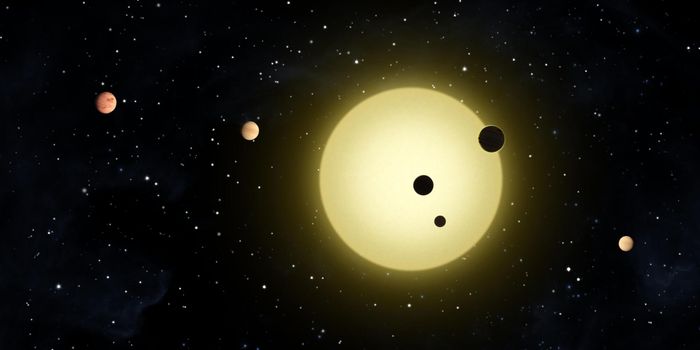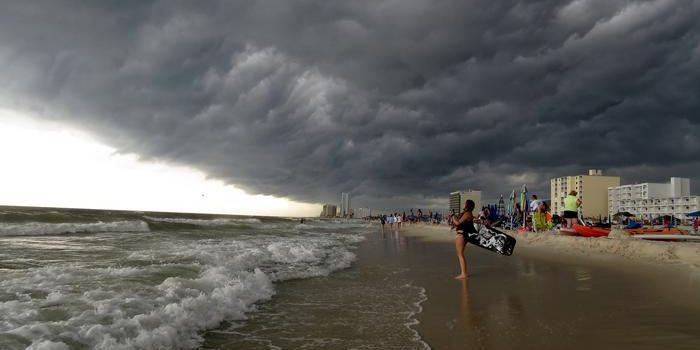The mystery behind history's largest mud explosion, revealed
Over ten years ago, on an otherwise normal day in May of 2006, the world saw the largest eruption of mud ever known to history. It happened on the island of Java, in Indonesia, and the eruptions of boiling mud, water, rocks and gas that belched from the center of Earth’s core left whole towns demolished. It lasted for months, and more than three months later, the amount of mud drowning the area could fill 72 Olympic-sized swimming pools daily.
Those eruptions still continue today (down to a volume of about 32 swimming pools a day) and most people have fled the regions and their homes. But there was something enigmatic about the sudden and continuous geologic event: scientists could never figure out why the mud wasn’t stopping, and where such vast amounts were coming from. Until now.
A new study in the Journal of Geophysical Research: Solid Earth, shows the findings of a team of researchers who mapped the planet’s imagery using seismometers and determined that Lusi (the name of the eruption) is being fed by a large volcano system called Arjuno-Welirang, whose magma chambers sit 6 km underground. This means that Arjuno-Welirang’s magma has been cooking the mud under Lusi, building up gas and pressure until the laws of physics took hold and the eruption exploded.
"We clearly show the evidence that the two systems are connected at depth," said Adriano Mazzini, lead author of the new study. "What our new study shows is that the whole system was already existing there -- everything was charged and ready to be triggered."
The trigger that the scientists suspect was a 6.3 magnitude earthquake in Java that happened only two days before Lusi started erupting. They say that the quake likely reactivated the fault system that connects it to Arjuno-Welirang.
The scientists don’t know how long the Lusi eruption will last – given that Lusi has a lot of organic material and pressurized gas to work with. And while finding this physical connection is not necessarily a huge surprise, given that Java lies in an arc of volcanic islands, understanding the connection between the systems could bring light to just how complicated volcanic systems are.
Sources: Science Daily, Journal of Geophysical Research: Solid Earth
